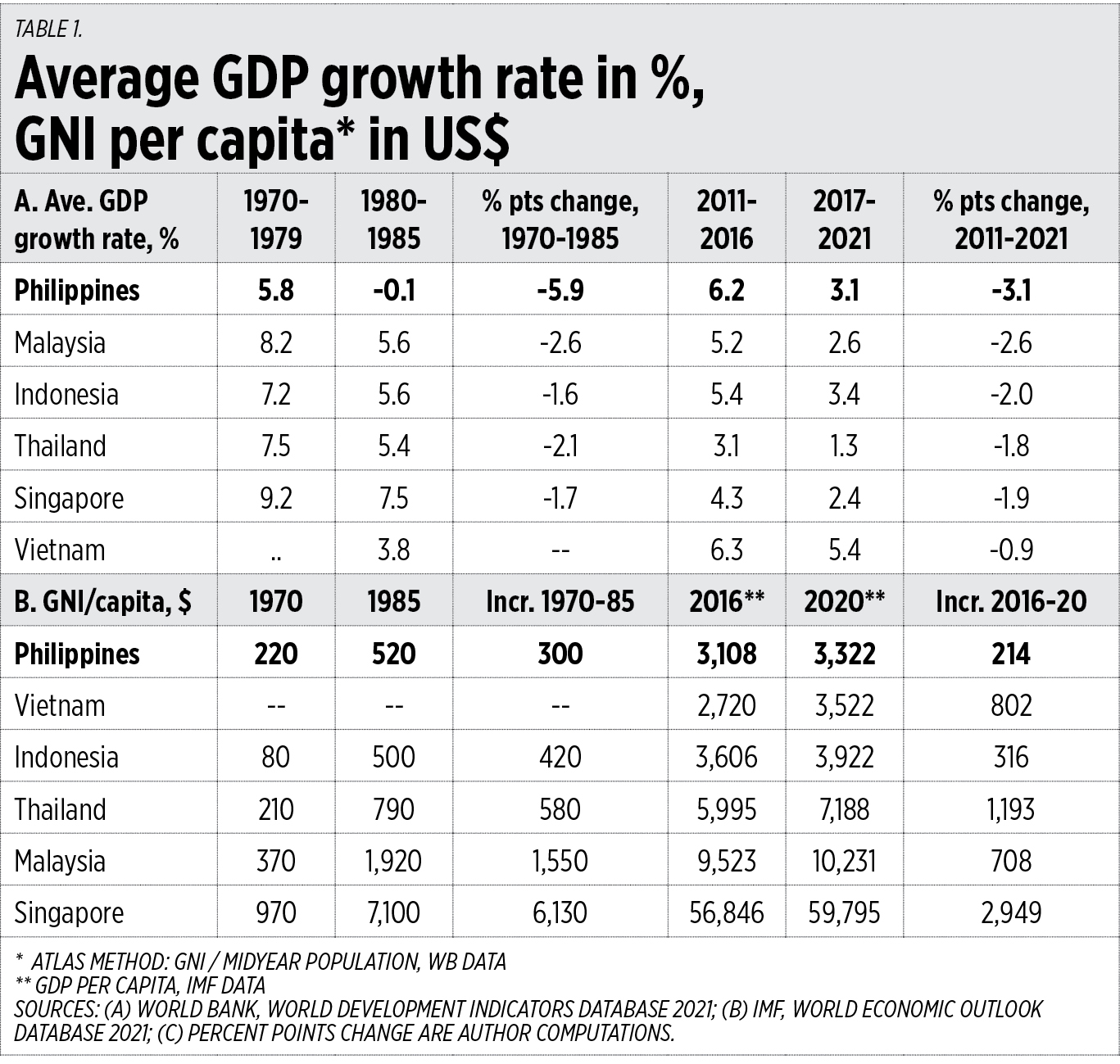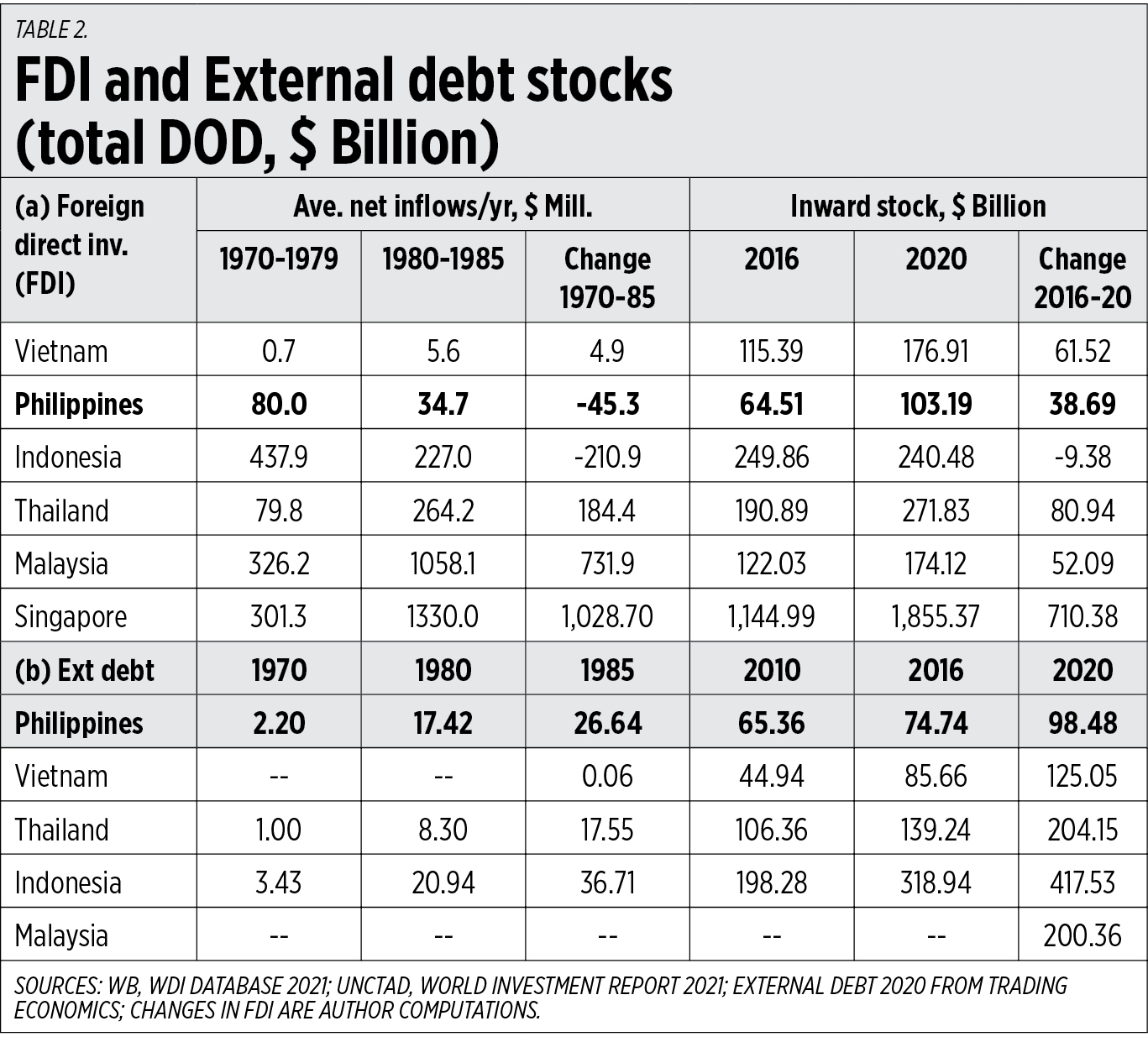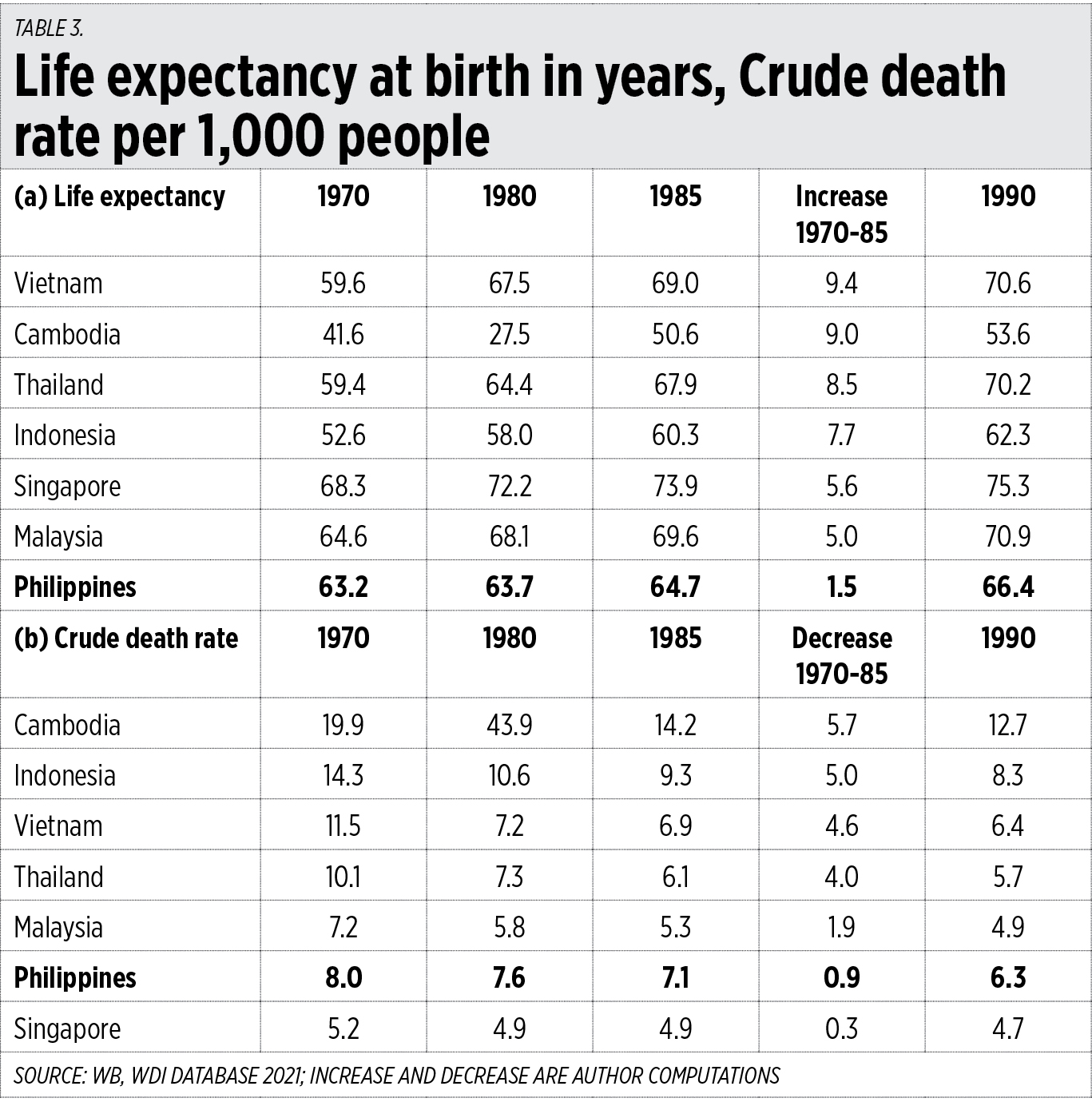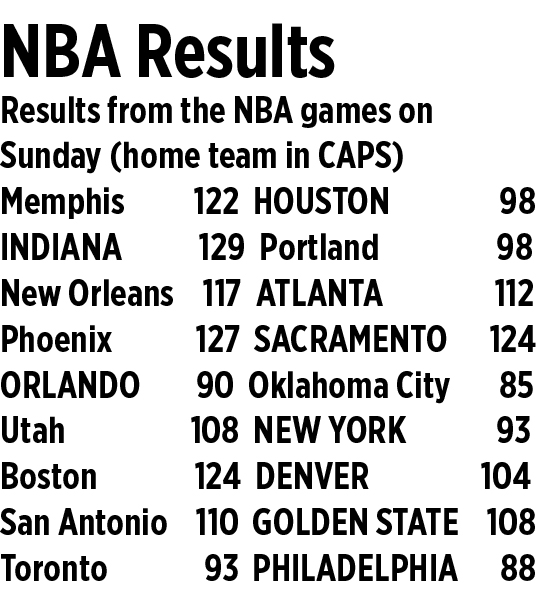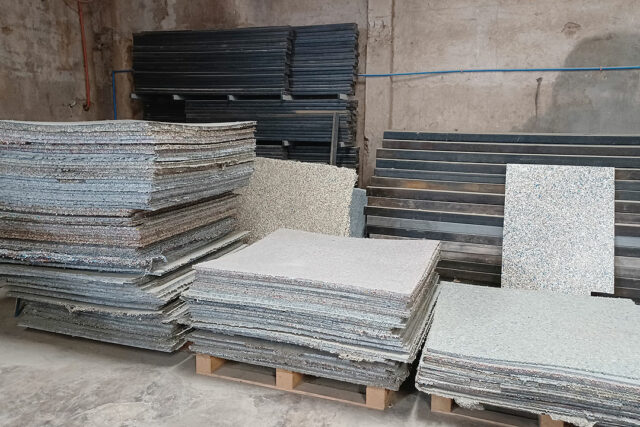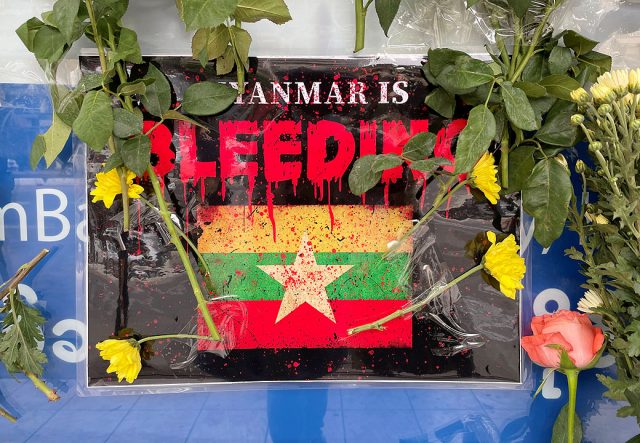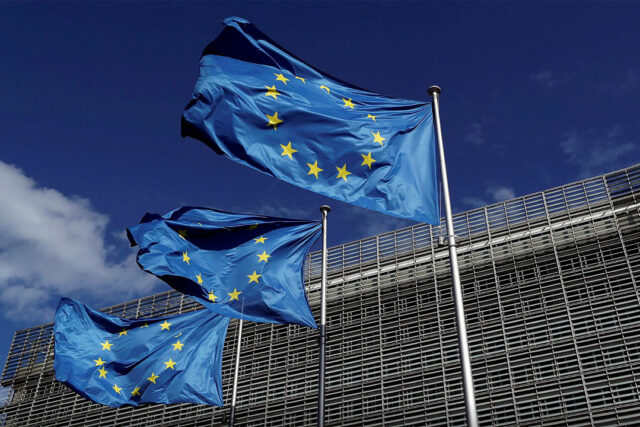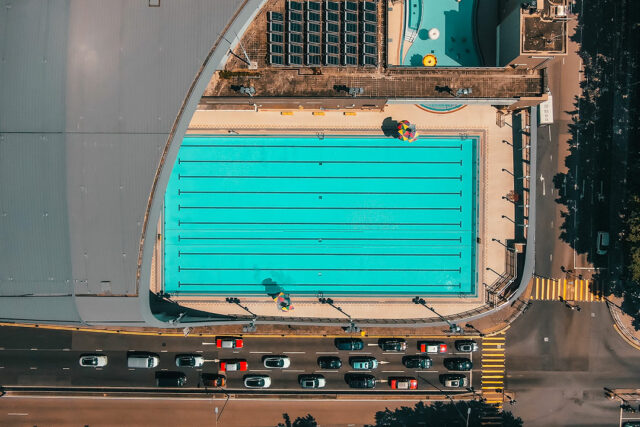Are Registered Business Enterprise transactions VAT zero-rated or not?
Last year, new value-added tax (VAT) rules were introduced by Republic Act (RA) No. 11534 or the CREATE Act. The CREATE Implementing Rules and Regulations (IRR), and Revenue Regulations (RR) No. 21-2021 soon followed, which did not put a stop to the questions surrounding the law. Not least among them are: What is the proper VAT treatment of transactions with registered business enterprises (RBEs)? What type of BIR documentation is required in addition to the endorsement of the Investment Promotion Agencies (IPAs)? What does endorsement from IPAs mean? What rules apply when availing of VAT incentives?
To clarify issues regarding VAT zero-rating, the Bureau of Internal Revenue (BIR) issued Revenue Memorandum Circular (RMC) No. 24-2022.
Summarized below are some of the highlights of the RMC, particularly on the VAT treatment of transactions with RBEs under CREATE.
SALES TO REGISTERED EXPORT ENTERPRISES
RMC No. 24-2022 reiterated that sales are to be classified as VAT zero-rated provided that (a) the buyer is a registered export enterprise, (b) the seller is a VAT taxpayer, and (c) the purchased goods and services will be used directly and exclusively in the registered project or activity of the enterprise.
The RMC defined a registered export enterprise as any individual, partnership, corporation, Philippine branch or any entity organized and existing under Philippine laws and registered with an IPA to engage in manufacturing, assembling, or processing activity, and services such as information technology (IT) activities and business process outsourcing (BPO), resulting in the direct export and/or sale of its manufactured, assembled, or processed product or IT/BPO services to another registered export enterprise that will form part of the final export product or service of the latter, for at least 70% of its total production output. However, the export enterprise is also a registered business enterprise as defined in Section 4(W) of the CREATE IRR.
The RMC stressed that only the portion of expense directly and exclusively used in the registered project or activity qualifies as a registered export enterprise for VAT zero-rating. Hence, those used for administrative purposes do not qualify such enterprise for zero-rating. Taxpayers are now advised to adopt an allocation method (e.g., use of separate water and power meters for utilities or use of financial ratios) to determine the purchases relating to the registered project or activity and administration purposes. In case the proper allocation cannot be determined, the purchase is subject to 12% VAT.
The RMC explicitly states that services for administrative expenses, such as legal, accounting, and other similar services, are not considered directly and exclusively used in the registered project or activity.
In case the sale to the registered export enterprise is made by another RBE under the 5% Gross Income Tax (GIT) or Special Corporate Income Tax (SCIT) regime, the sale is VAT exempt. The VAT passed on to the seller by its VAT-registered local suppliers forms part of its costs or expenses.
SALES TO REGISTERED DOMESTIC MARKET ENTERPRISES (DMEs) AND OTHER SERVICE ENTERPRISES
As provided in the RMC, DMEs or registered non-export enterprises are not entitled to VAT zero-rating on local purchases. Rather, these are subject to 12% VAT.
Similarly, service enterprises such as those engaged in customs brokerage, trucking or forwarding services, janitorial services, security services, insurance, banking, and other financial services, consumers’ cooperatives, credit unions, consultancy services, retail enterprises, restaurants, or such other similar services, as may be determined by the Fiscal Incentives Review Board (FIRB), though duly accredited or licensed by any of the IPAs, are subject to 12% VAT on their local purchases.
SALES MADE BY RBEs
The applicable VAT rules for the sales transactions by RBEs may vary depending on the tax regime of the RBE and on the taxability of the purchaser.
Sales by RBEs, whether an export enterprise or a DME, under the 5% GIT are VAT exempt, in general. Meanwhile, sales of VAT-registered RBE-sellers enjoying Income Tax Holiday (ITH) to registered export enterprises are treated as VAT zero-rated, subject to the condition that the sold goods and services are directly and exclusively used in the latter’s registered project or activity.
In addition, the RMC also provided clarification on the RBE’s sale, transfer, or disposition of previously VAT-exempt imported capital equipment, raw materials, spare parts, or accessories. Such subsequent sales may be VAT zero-rated if the purchaser is a registered export enterprise and if the “direct and exclusive use” rule is applied.
If the subsequent sale is made by a DME, the transaction may either be VAT-exempt (if the DME is under 5% GIT), or VATable. The VAT shall be imposed on the net book value of the item/s sold. If the buyer is a registered export enterprise, then the rules on zero-rating apply.
For registered export enterprises having multiple incentives regimes (i.e., the enterprise has registered activities under ITH and GIT), the sales under the 5% GIT regime must be reported as VAT-exempt while sales under ITH are VAT zero-rated.
APPLICATION FOR VAT ZERO-RATING
The CREATE IRR emphasized that VAT zero-rating on qualified purchases only applies upon the endorsement of the IPA concerned, in addition to the documentary requirements of the BIR. Many taxpayers were earlier confused as to what “endorsement of the concerned IPAs” means. Under the RMC, IPAs may now provide VAT Certification only to qualified registered export enterprises. The Certification specifies: (a) the registered export activity, (b) the tax incentives and validity period, and (c) the applicable goods and services, e.g., raw materials, equipment, etc.
Taxpayers must take note that prior approval from the BIR must be secured by the local VAT-registered suppliers following the guidelines of Revenue Memorandum Order (RMO) No. 7-2006. Relative hereto, registered export enterprises must provide their suppliers a photocopy of their BIR – Certificate of Registration (BIR Form No. 2303), Certificate of Registration and VAT Certification issued by the IPA concerned, and a Sworn Affidavit stating that the goods and/or services being purchased are for use directly and exclusively in the registered project.
Additionally, supporting documents such as but not limited to purchase orders, job orders, service agreements, sales invoices and/or official receipts, or other similar documents may also be attached to the application to prove the existence and legitimacy of transactions.
Since the application may take a while, processing this ahead of time is necessary as the absence of prior approval from the BIR may result in the disallowance of the VAT zero-rated sale of the supplier.
Certainly, unanswered questions often result in confusion and disparities, especially at times when there are no clear-cut rules. For businesses, a prolonged period of uncertainty may paralyze decision-making and deprive them of better opportunities. With the guidance provided by RMC No. 24-2022, taxpayers are now relieved of the stress and time spent debating what rules apply to them. Needless to say, better compliance from taxpayers is now also anticipated.
Let’s Talk Tax is a weekly newspaper column of P&A Grant Thornton that aims to keep the public informed of various developments in taxation. This article is not intended to be a substitute for competent professional advice.
Iris Mae P. Uri is a senior in charge from the Tax Advisory & Compliance division of P&A Grant Thornton, the Philippine member firm of Grant Thornton International Ltd.





